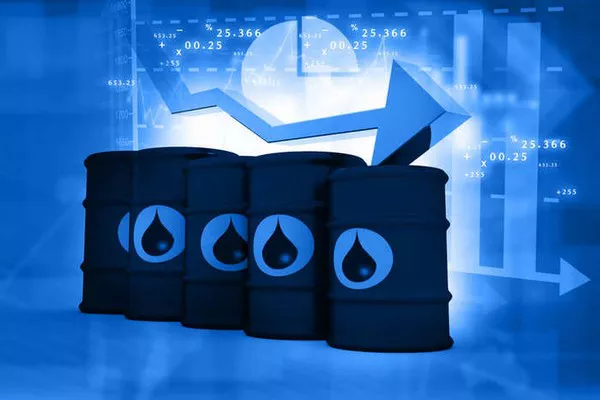Energy research firm Wood Mackenzie forecasts a robust growth in global oil demand, projecting an increase of 1.9 million barrels per day (bpd) for the current year. This estimate closely mirrors the projections put forth by the Organisation of the Petroleum Exporting Countries (OPEC) for 2024.
Alan Gelder, Vice President of Oils Research at Wood Mackenzie, shared this prediction during a briefing at the Energy Institute conference in London. He emphasized that the primary drivers for this surge would predominantly stem from escalating demand in China and India, aligning with consensus views from other analysts.
Forecasts on oil demand growth in 2024 vary significantly, reflecting divergent opinions on the pace of the global transition away from fossil fuels. OPEC maintains an optimistic outlook, anticipating a continued rise in oil consumption over the next two decades. In contrast, the International Energy Agency (IEA), representing industrialized nations, anticipates a peak in oil demand by 2030.
OPEC projects a robust demand growth of 2.25 million bpd in 2024, while the IEA envisions a more conservative expansion of 1.22 million bpd. A comprehensive Reuters survey indicates that most analysts anticipate global oil demand to grow within the range of 1 million to 1.5 million bpd in 2024.
Wood Mackenzie’s outlook for demand growth in 2025 is slightly more conservative, pegging it at 1.4 million bpd. OPEC, on the other hand, anticipates a growth of 1.85 million bpd in 2025, with the IEA set to reveal its 2025 projections in April.
Since late 2022, OPEC+ has implemented output cuts to stabilize the market amidst increasing production from non-member states, notably the United States. In November, OPEC+ agreed to voluntary output cuts of approximately 2.2 million bpd for the first quarter of this year. Recent reports suggest that OPEC+ is contemplating extending these cuts into the second quarter, possibly maintaining them until the end of the year.
Despite the November decision, Wood Mackenzie’s Gelder anticipates that member states may need to boost production volumes to balance the market in 2024. He assumes that the cuts will persist through the second quarter.
While geopolitical tensions, including attacks on Red Sea shipping by the Iran-aligned Houthi group, have provided support to oil prices, concerns about economic growth and high interest rates in Western economies have exerted downward pressure. As of the latest data, Brent crude is trading above $83 a barrel.


